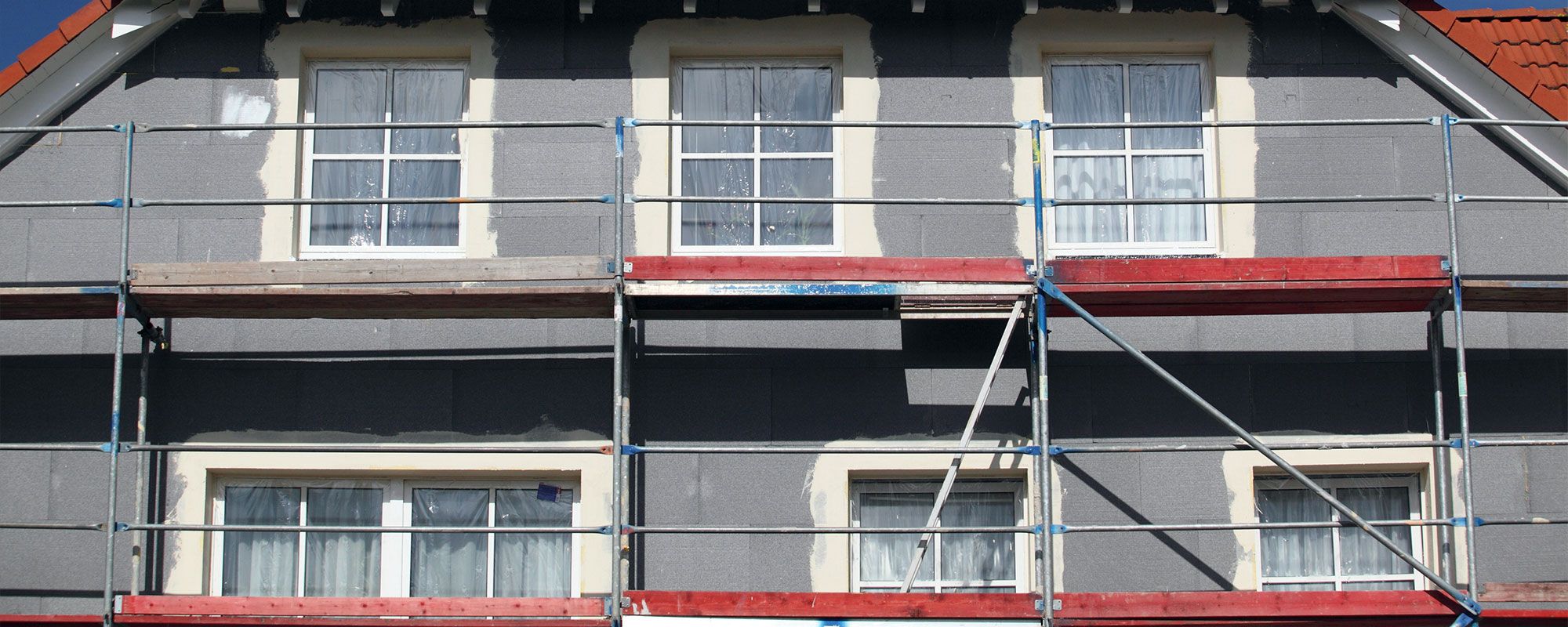Plastering sealing films and multi-functional sealing tapes
What are the guidelines and relevant instructions for the plasterer when it comes to plastering window connection films and multi-functional sealing tapes?
What properties must the sealing materials have in order to provide a permanent, vital and functional plaster joint?
In general, the following apply: ATV DIN 18330 for masonry work, ATV DIN 18350 for plastering and stucco work, ATV DIN 18345 for thermal insulation systems and ATV DIN 18340 for dry construction.
These are supplemented by, among other things, the guidelines on Plastering Window Connection Films by the Bundesverbandes der Gipsindustrie e.V. (Federal Association for the Gypsum Industry) 01:2005.
It is important that the masonry reveal is prepared in order for professional sealing to take place using films and multi-functional sealing tapes. The surface must be dry, clean, free of grease and viable according to the manufacturer’s guidelines. Uneven surfaces must be smoothed out. When selecting the sealing materials, check for the appropriate test certificates.
Multi-functional sealing tapes must be checked according to DIN 18542:2009-07.
Window connection films should be installed with a plaster base and the film should be installed tension-free. At least 75% of the film surface to be plastered over should be bonded to the reveal. No more than 50% of the reveal can be covered with the film in order for the plaster bonding to be successful.
Multi-functional sealing tapes are 100% contained within the structural attachment area. The special tape sealing layer must be attached in such a way that it does not protrude from the structural attachment area. The tape itself does not require any plaster bonding properties. The plaster bonding on the reveal is sufficient.

The plasterer has numerous possibilities for creating a separation between the plaster and the frame.
1. Plaster stop beads
2. Separation strips
3. Furrows
The plaster on the frame should be covered. Usually internal plastering is done to a thickness of 1 mm and external with a thickness of 20 mm. For more information please refer to the guidelines: Plastering Window Connection Films by the Bundesverbandes der Gipsindustrie e.V. 01:2005.









